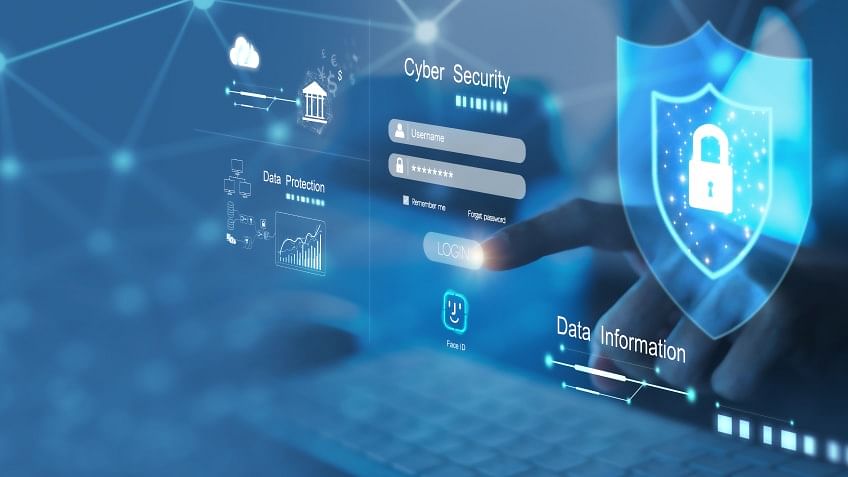Prevent Network Hackings
Network Hack Prevention
In an increasingly digital world, network security has become a critical concern for organizations across the globe. Preventing network hacks is paramount to safeguarding sensitive data and maintaining the integrity of business operations. Despite advanced security measures, cybercriminals continue to exploit vulnerabilities, leading to significant financial and reputational damage. This article explores comprehensive strategies to prevent network hacks, drawing lessons from real-life security incidents in India and the USA.
Understanding Network Hacks
Network hacks involve unauthorized access to computer networks to steal data, disrupt services, or deploy malicious software. These hacks can range from sophisticated attacks targeting high-profile organizations to opportunistic exploits on smaller businesses. Understanding the methods used by hackers is the first step toward effective prevention.

Real-Life Network Security Attacks
India: The ATM Heist of Cosmos Bank
In August 2018, Cosmos Bank in Pune, India, experienced a massive cyber attack. Hackers infiltrated the bank's network, compromising its ATM switch server. Over two days, they withdrew approximately ₹94 crore (about $13.5 million) from various ATMs across 28 countries. The attackers exploited the bank's SWIFT system to transfer funds internationally, highlighting the vulnerabilities in financial network security.USA: The Equifax Data Breach
In 2017, Equifax, one of the largest credit reporting agencies in the USA, suffered a devastating data breach. Hackers exploited a vulnerability in the company’s web application software, gaining access to personal information of 147 million Americans. The breach included sensitive data such as Social Security numbers, birth dates, and addresses, resulting in significant financial and reputational damage to Equifax.Preventative Measures
Regular Network Vulnerability Assessment and Penetration Testing (VAPT)
Regular VAPT is crucial for identifying and mitigating vulnerabilities before they can be exploited. This proactive approach involves both automated scans and manual testing to uncover weaknesses. For instance, regular VAPT might have detected the vulnerability in Equifax's web application, preventing the breach.
Implement Strong Access Controls
Implementing robust access controls ensures that only authorized individuals can access critical systems and data. This includes:- Multi-Factor Authentication (MFA): Requiring multiple forms of verification before granting access.
- Role-Based Access Control (RBAC): Assigning access based on the user's role within the organization.
- Least Privilege Principle: Providing the minimum level of access necessary for users to perform their duties.
Encrypt Sensitive Data
Encrypting data both in transit and at rest protects it from unauthorized access. Advanced encryption protocols make it significantly more challenging for hackers to decipher stolen data. For example, if Cosmos Bank had implemented strong encryption, the stolen data might have been rendered useless to the attackers.Regular Software Updates and Patch Management
Keeping software and systems updated is vital to protect against known vulnerabilities. Many successful attacks, including the Equifax breach, have exploited unpatched software. Implementing an automated patch management system can ensure timely updates across all devices and applications.Technological Solutions
Firewalls and Intrusion Detection Systems (IDS)
Firewalls act as a barrier between trusted and untrusted networks, monitoring and controlling incoming and outgoing traffic. Intrusion Detection Systems (IDS) complement firewalls by detecting and alerting on suspicious activities. Together, they form a robust defense against unauthorized access.Endpoint Protection
Endpoints, such as laptops and mobile devices, are often the entry points for cyberattacks. Implementing comprehensive endpoint protection solutions, including antivirus software and advanced threat protection, can prevent malware infections and other exploits.Security Information and Event Management (SIEM)
SIEM solutions provide real-time analysis of security alerts generated by applications and network hardware. By consolidating logs and alerts, SIEM systems help identify and respond to potential threats more efficiently. For example, a SIEM system could have detected unusual activity in Cosmos Bank’s ATM network, prompting immediate action.Employee Training and Awareness
Regular Cybersecurity Training
Employees are often the weakest link in network security. Regular training ensures they are aware of the latest threats and best practices for avoiding them. Topics should include recognizing phishing emails, safe internet browsing, and proper password management.
Phishing Simulations
Conducting regular phishing simulations helps employees recognize and avoid phishing attempts. These simulations test their ability to identify suspicious emails and provide feedback for improvement.Incident Response Plan
Developing a Comprehensive Incident Response Plan
An effective incident response plan outlines the steps to take in the event of a network breach. This includes identifying the breach, containing the damage, eradicating the threat, and recovering from the attack. Having a well-documented and practiced plan can minimize the impact of a network hack.Regular Drills and Simulations
Conducting regular drills and simulations ensures that the incident response team is prepared to handle a real-life attack. These exercises help identify gaps in the plan and improve overall readiness.
Preventing network hacks requires a multifaceted approach that combines regular assessments, robust access controls, encryption, timely updates, and employee training. Learning from real-life incidents, such as the Cosmos Bank heist in India and the Equifax breach in the USA, underscores the importance of proactive and comprehensive network security strategies. At Valency Networks, we are committed to helping organizations protect their networks through advanced VAPT services, cutting-edge security technologies, and ongoing education and support. By implementing these best practices, businesses can significantly reduce the risk of network hacks and safeguard their valuable assets.


